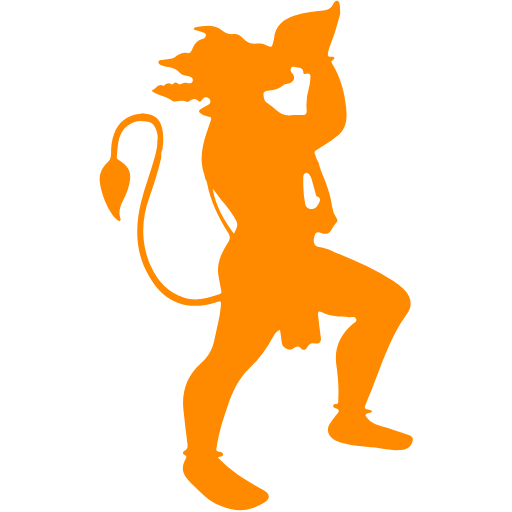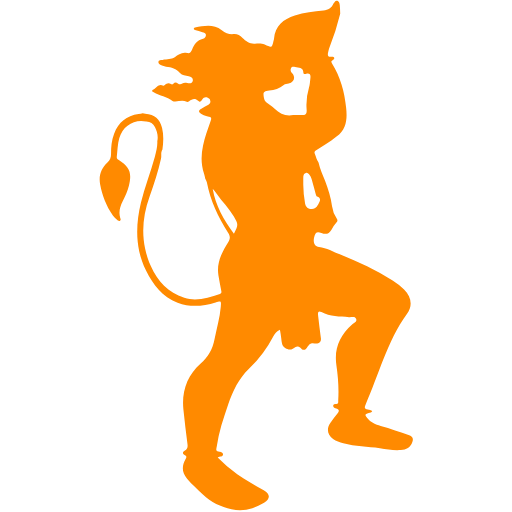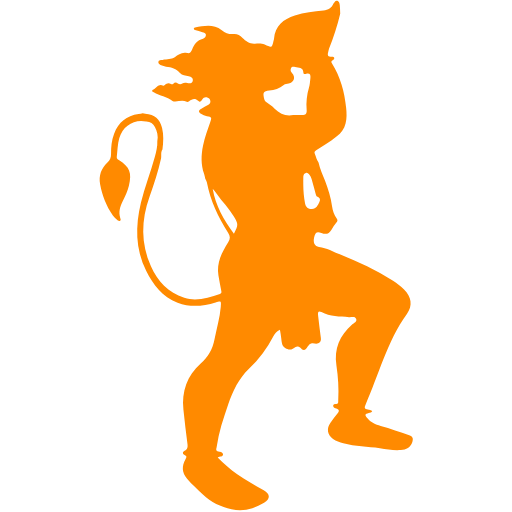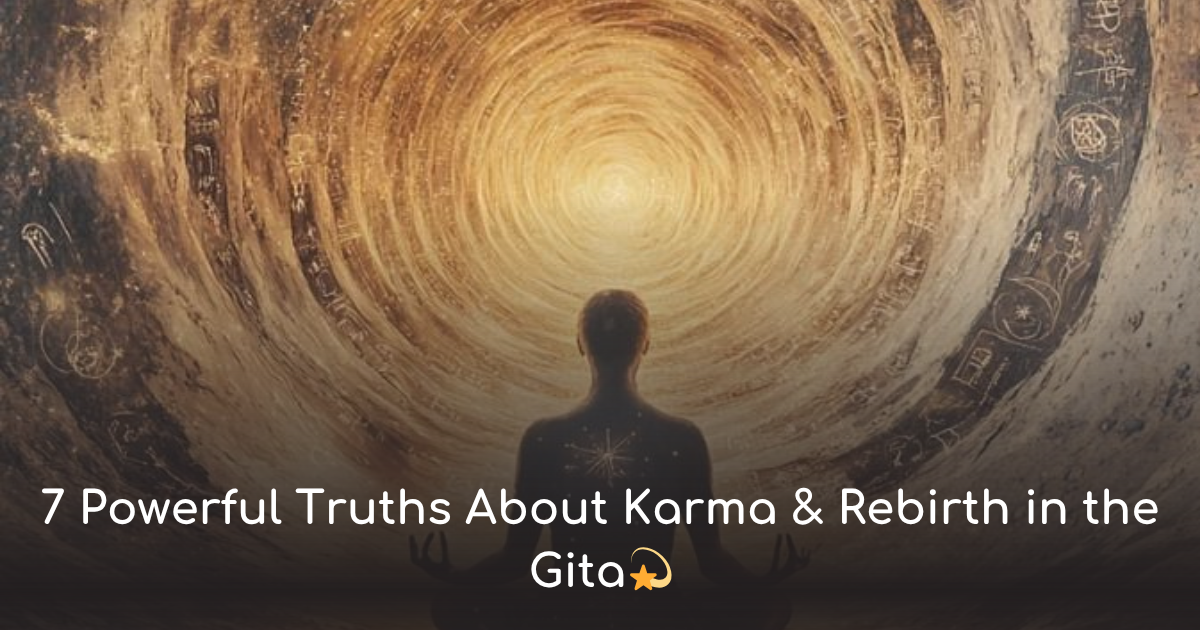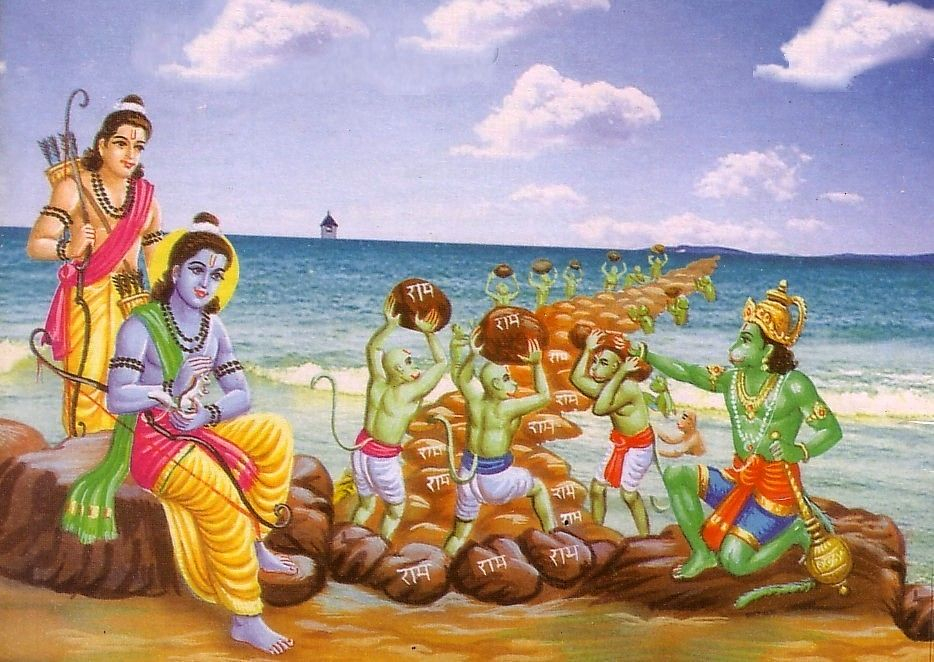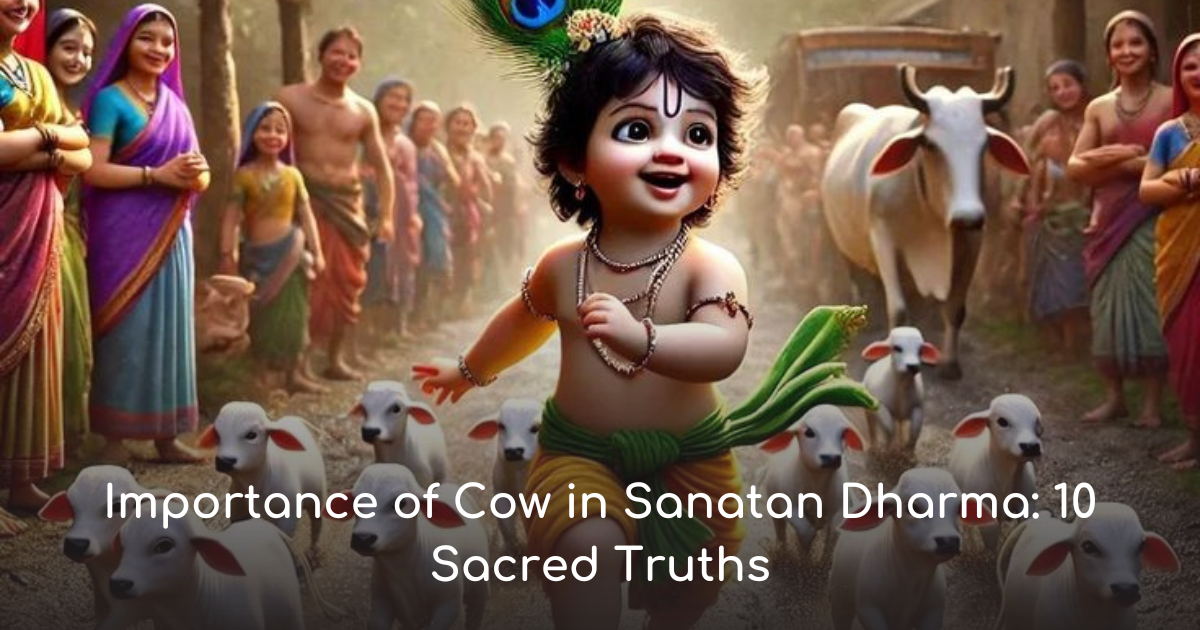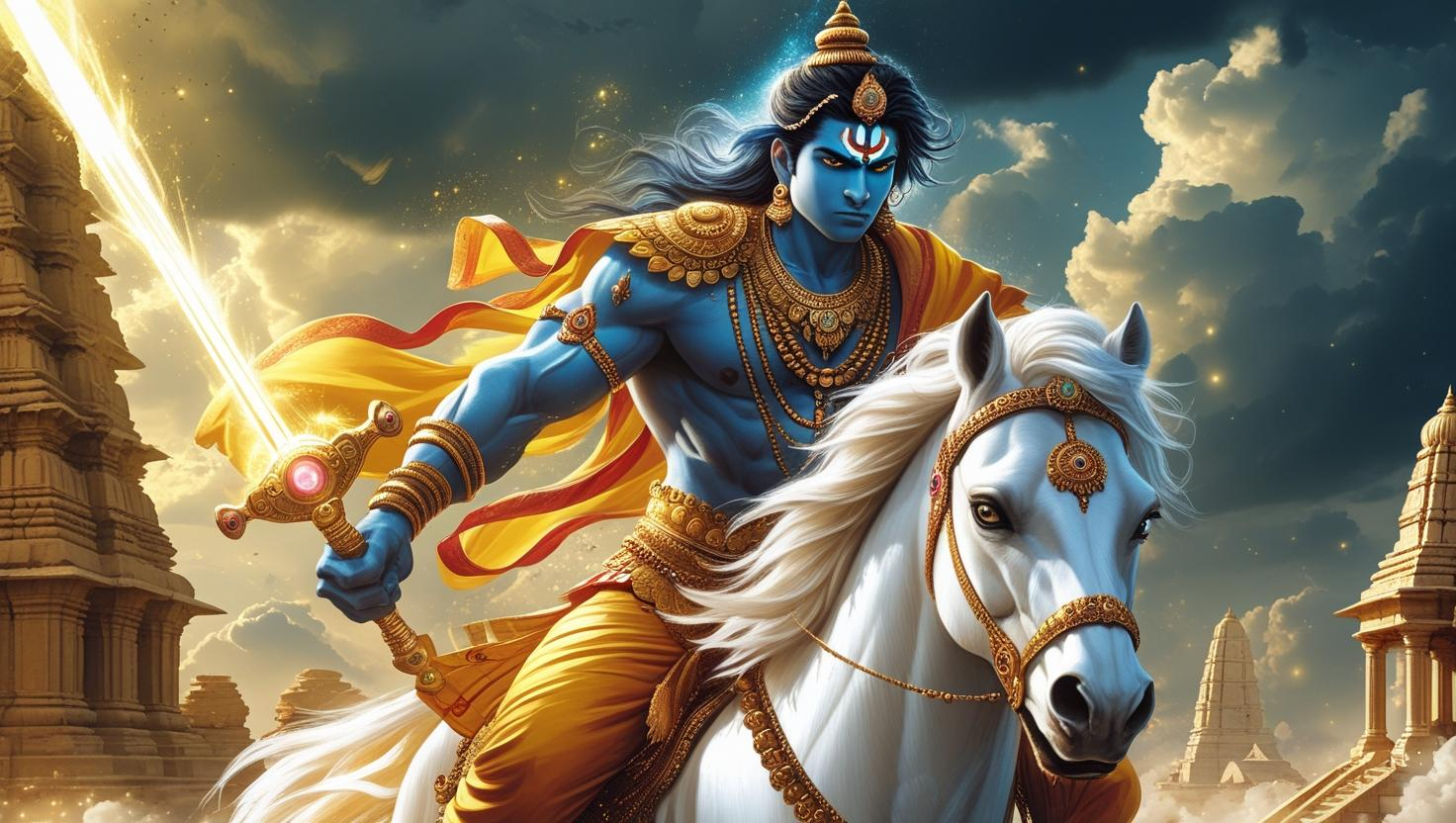lord vishnu’s 10 avatars & their deep symbolism explained
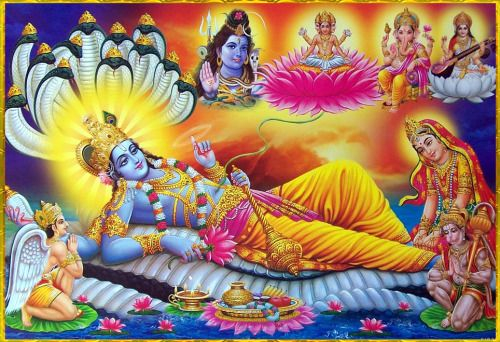
Explore the spiritual meaning of Lord Vishnu’s 10 avatars (Dashavatara), their purpose, names in Hindi, and symbolism across yugas.
🌟 Lord Vishnu’s 10 Avatars – The Divine Blueprint of Dharma
In the eternal play of the universe, when Dharma (righteousness) declines and Adharma (unrighteousness) rises, Lord Vishnu — the preserver among the holy trinity — takes a divine form to restore balance.
These divine manifestations are known as Dashavatara — the ten avatars of Lord Vishnu, each of which marks a turning point in the cosmic order. From rescuing Vedas to guiding humanity through love and wisdom, Lord Vishnu’s 10 avatars symbolize both evolution and spiritual transformation.
Let’s embark on this sacred journey to understand the deeper meaning behind each of the Dashavatara — and how they are still relevant in today’s world 🌍🕉️
🔱 What is Dashavatara? A Divine Cycle of Balance
The term Dashavatara (दशावतार) comes from:
-
“Dasha” = Ten
-
“Avatar” = Incarnation or descent
These are not mere stories, but encoded truths from the Vedas, Puranas, and Itihasas — passed down by rishis to show how Lord Vishnu incarnates to restore cosmic balance.
📖 Meaning and Origin of Dashavatara in Scriptures
The concept of Dashavatara is found in:
-
Bhagavata Purana (Skanda 1 & 2)
-
Garuda Purana
-
Vishnu Purana
-
Padma Purana
These texts describe how Vishnu Bhagwan took 10 main incarnations, each for a specific purpose, during different yugas (ages).
📜 Types of Vishnu Avatars – Poorna and Ansha
There are two major types of Vishnu avatars:
-
Poorna Avatar (पूर्ण अवतार) – Full incarnation with all 16 kalas (divine qualities) — e.g., Shri Krishna, Rama
-
Ansha Avatar (अंश अवतार) – Partial incarnation for specific tasks — e.g., Matsya, Kurma
🐟 Matsya Avatar – The Fish Who Saved Knowledge
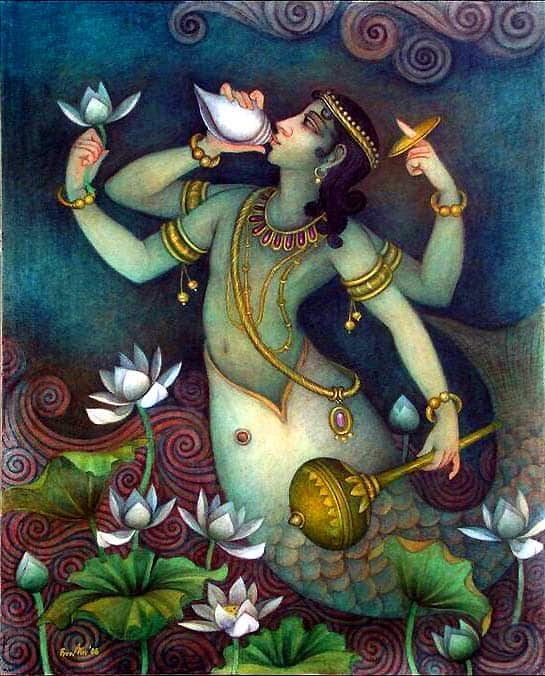
Yuga: Satya Yuga
Purpose: To save the ancient scriptures (Vedas) and mankind from a cosmic flood.
When the world was submerged in pralaya (dissolution), Lord Vishnu appeared as a giant fish (Matsya) to guide King Satyavrata’s boat — which held the saptarishis (7 sages), herbs, animals, and the sacred Vedas.
🐠 Matsya Avatar Story and Symbolism
-
Matsya warned about the flood — symbolizing awareness before destruction.
-
He rescued the boat tied with a serpent to his horn — indicating control over chaos.
-
He fought the demon Hayagriva, who had stolen the Vedas — restoring divine knowledge.
🌊 Connection with Evolution and Aquatic Life
Matsya avatar represents the aquatic beginning of life — aligning with the scientific theory of evolution, where life began in water.
It also teaches the importance of saving wisdom during crises.
🐢 Kurma Avatar – The Tortoise That Balanced the Ocean
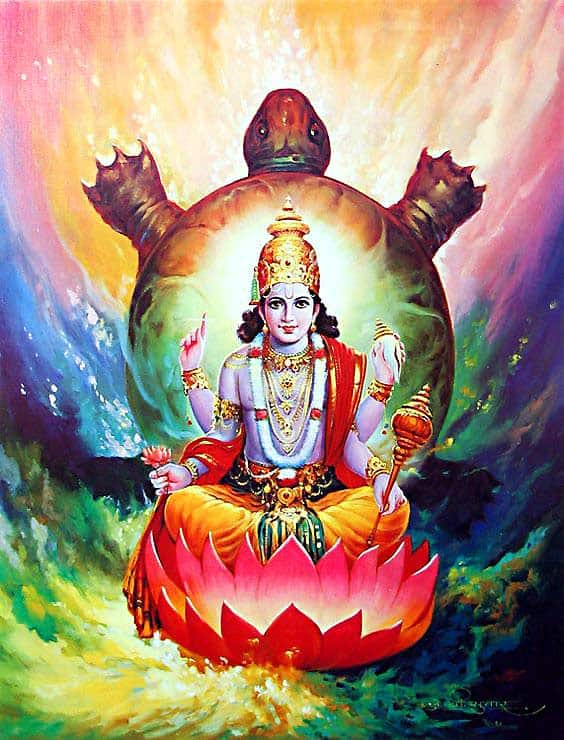
Yuga: Satya Yuga
Purpose: To support the mountain used in the churning of the ocean (Samudra Manthan).
When devas and asuras churned the Ksheer Sagar (Ocean of Milk) to obtain Amrit (nectar of immortality), the Mandara mountain began to sink.
🐢 Kurma Avatar Significance in Samudra Manthan
-
Lord Vishnu took the form of a giant tortoise (Kurma) and held the mountain on his back.
-
His form allowed the churning to continue — restoring balance and cooperation between opposing forces.
🕊️ Symbol of Patience, Stability, and Dharma Support
Kurma teaches us that sometimes, you need to be the quiet support beneath the chaos, carrying others while remaining grounded.
He also symbolizes inner stillness and holding firm to Dharma during challenges.
🐗 Varaha Avatar – The Boar That Rescued Earth
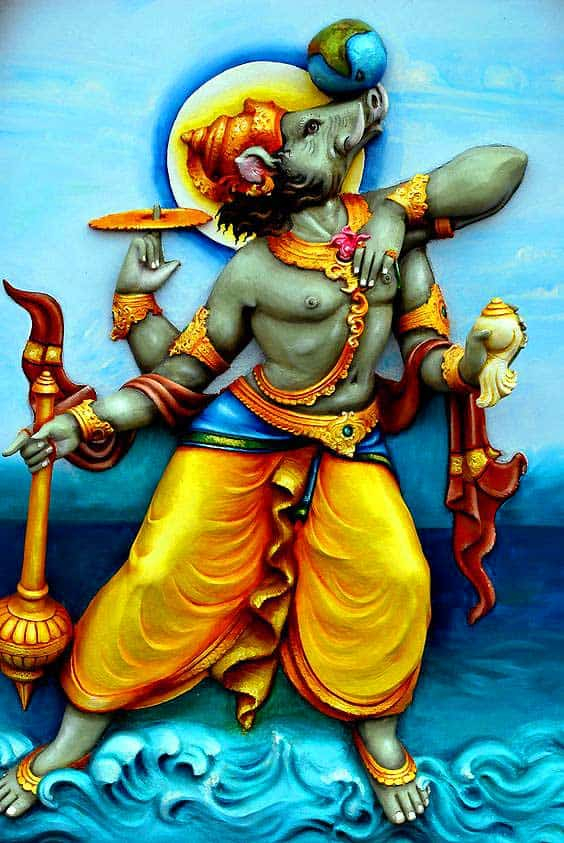
Yuga: Satya Yuga
Purpose: To save Mother Earth (Bhudevi) from the demon Hiranyaksha, who had hidden her in the cosmic ocean.
🐗 Varaha Lifting Earth from Cosmic Waters
-
Lord Vishnu appeared as a mighty boar (Varaha).
-
He dove into the cosmic ocean, fought the demon, and lifted Bhudevi on his tusks.
-
This act reestablished Earth in its rightful place in the cosmos.
🌎 Symbolism of Strength, Protection & Earth Restoration
Varaha avatar symbolizes:
-
The power to rescue even when all seems lost.
-
The importance of restoring balance to Mother Earth — relevant even today amid climate crises.
It also reminds us: Even the dirtiest work is divine when done for Dharma.
🦁 Narasimha Avatar – The Lion-Man Who Defended Devotion

Yuga: Satya Yuga
Purpose: To destroy the demon king Hiranyakashipu, who could not be killed by man or beast, inside or outside, day or night.
👑 Narasimha and Prahlad Story
-
Hiranyakashipu declared himself God and persecuted his own son Prahlad, a true devotee of Vishnu.
-
To honor Prahlad’s unwavering bhakti, Lord Vishnu appeared as Narasimha — half-man, half-lion — and killed Hiranyakashipu at twilight, on a threshold, with claws.
🔥 Significance of Formless Form – Half Lion, Half Man
Narasimha’s form was a divine loophole, bypassing the demon’s boon and restoring faith.
He represents:
-
The power of devotion (bhakti)
-
The limitless creativity of Dharma when under attack
-
The ferocity of divine justice
👶 Vaman Avatar – The Dwarf Who Conquered Ego
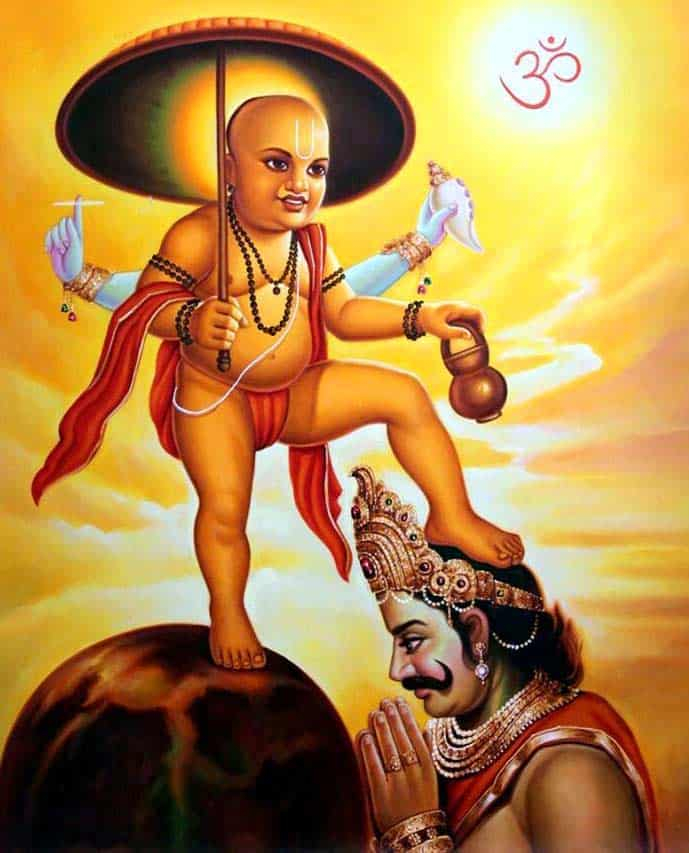
Yuga: Treta Yuga
Purpose: To humble the ego of King Mahabali, a powerful but proud asura ruler.
📏 Vamana and King Bali Leela
-
Vamana, a short Brahmin boy, asked for three steps of land from Mahabali.
-
He then expanded into Trivikrama form, covering the entire universe in two steps.
-
With the third step, he placed his foot on Mahabali’s head — symbolizing surrender.
🧠 Humility vs. Pride Symbolism
Vamana shows us:
-
God doesn’t need power to defeat ego — he needs grace.
-
Even pride born from good deeds can become a barrier to Dharma.
-
True greatness lies in humility and surrender.
👉 Let’s continue in Part 2, where we’ll explore:
-
🪓 Parashuram to Kalki avatars
-
🙏 Dashavatara and evolution
-
🔁 Relevance of Vishnu’s avatars today
-
📜 Vishnu 10 avatar names in Hindi (with symbolism)
-
🧠 Powerful FAQs & final reflections
🪓 Parashuram Avatar – The Warrior with an Axe

Yuga: Treta Yuga
Purpose: To restore balance by punishing corrupt Kshatriya rulers who had strayed from Dharma.
⚔️ Kshatriya Destruction and Brahma Tejas
Lord Vishnu incarnated as Parashuram, a fierce Brahmin warrior with an axe given by Lord Shiva. He annihilated 21 generations of tyrannical Kshatriyas who had become arrogant and oppressive.
He was a Brahma-Kshatriya — blending the wisdom of a Brahmin and the strength of a warrior.
🔁 Parashuram and Ram Avatar Connection
-
He met Lord Ram during the swayamvar of Sita.
-
Parashuram still exists — he is considered a Chiranjeevi (immortal), destined to return as the guru of Kalki avatar.
He represents justice, tapasya, and divine rage when Dharma is violated.
🏹 Ram Avatar – The Ideal King and Maryada Purushottam
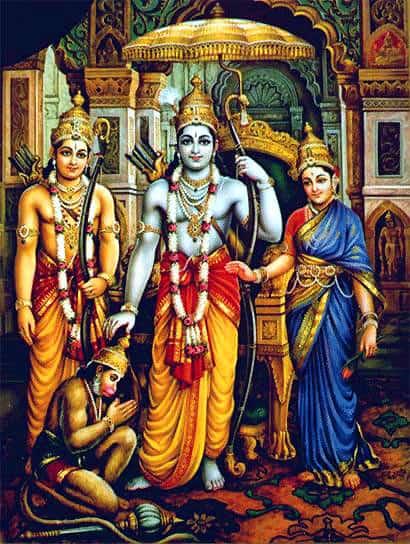
Yuga: Treta Yuga
Purpose: To establish Maryada (ideal conduct) and righteous governance.
🌳 Symbol of Dharma, Loyalty, and Moral Strength
Lord Ram is the embodiment of truth, patience, sacrifice, and devotion to duty.
His story in the Ramayana offers life lessons on:
-
The duty of a son, brother, king, husband
-
The power of self-control and righteousness
-
Standing by Dharma, even at personal cost
📚 Lessons from Ramayana for Modern Life
-
Relationships must be rooted in duty, not desire
-
Dharma may be hard, but it’s the only eternal path
-
True leadership means serving others with compassion
🎶 Krishna Avatar – The Divine Leela Master
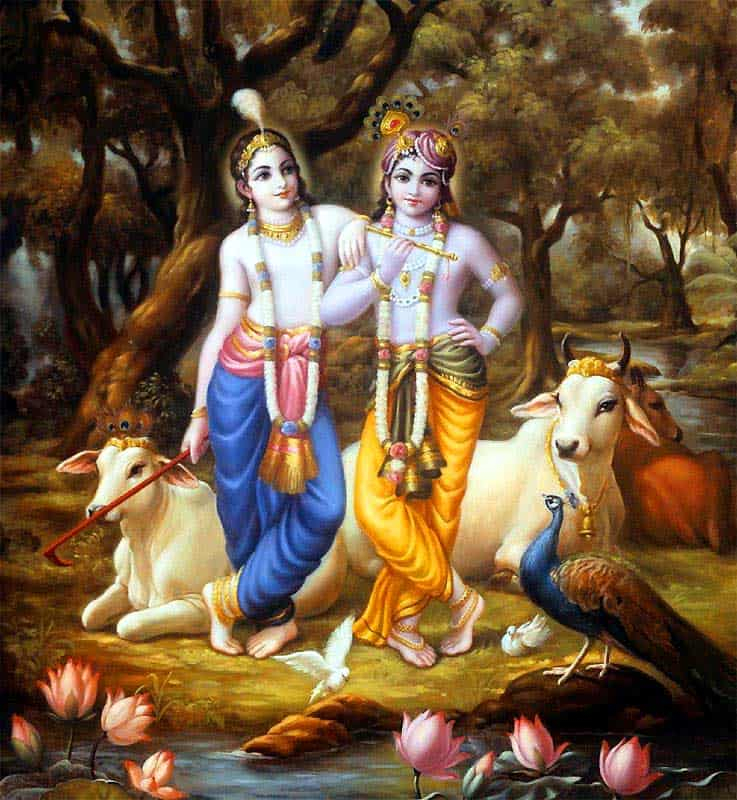
Yuga: Dwapar Yuga
Purpose: To guide humanity during the war of Mahabharata and restore spiritual wisdom.
🌀 Krishna in Mahabharata and Gita
Krishna’s role in Mahabharata and his teachings in Bhagavad Gita make him the most complete avatar of Vishnu.
He:
-
Served as friend, charioteer, and guru
-
Explained Karma Yoga, Bhakti Yoga, and Jnana Yoga
-
Revealed the Vishwaroopa Darshan — cosmic form
💖 Krishna’s Symbolism: Love, Strategy, and Liberation
-
In Vrindavan, he showed playful love and divine joy
-
In Kurukshetra, he revealed divine detachment and strategy
-
He was a householder and renunciate, showing spiritual balance
Krishna is Dharma in motion.
His leelas continue to inspire billions to walk the path of devotion, wisdom, and joy.
🧘♂️ Buddha Avatar – The Path of Compassion and Non-Violence

Yuga: Kali Yuga (some say end of Dwapar)
Purpose: To awaken people from ritualism and guide them toward non-violence and inner awakening.
🕊️ Buddha in Dashavatara vs. Buddhism
-
While Gautam Buddha is seen as the ninth avatar of Vishnu, the Puranic view says Vishnu took this form to mislead demons away from Vedic path for cosmic balance.
-
Nonetheless, his teachings emphasize Daya (compassion), Ahimsa (non-violence), and Shunyata (emptiness of ego).
🧠 Detachment, Wisdom & Ahimsa Principles
Buddha avatar teaches:
-
Liberation through mindfulness and detachment
-
Dharma through introspection, not just rituals
-
Universal love beyond caste, creed, and form
🐎 Kalki Avatar – The Future Warrior of Dharma
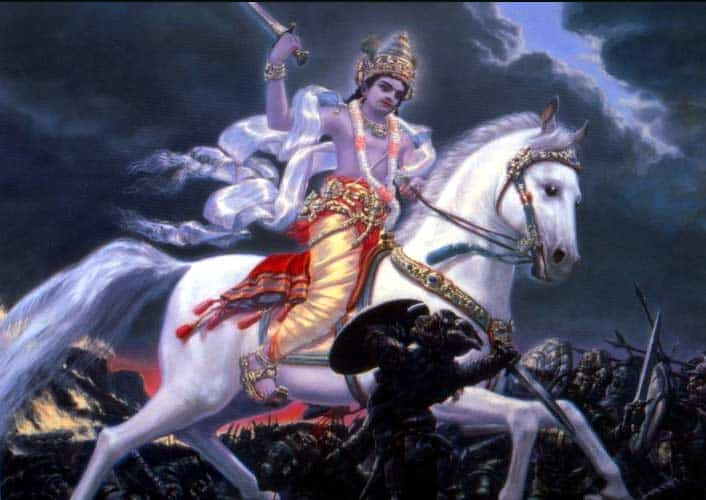
Yuga: End of Kali Yuga
Purpose: To destroy Adharma, restore Satya Yuga, and restart the cycle of Yugas.
🔮 Kalki Prophecy in Kali Yuga
-
Kalki will be born in the village of Shambhala, riding a white horse with a blazing sword.
-
He will end the age of hypocrisy, atheism, violence, and greed.
-
He will defeat the final asuric forces and reestablish Dharma.
📆 When Will Kalki Come? Role in Ending Adharma
While no exact date is given, symptoms of Kaliyuga are increasing:
-
Loss of values
-
Materialism
-
Spiritual ignorance
It is said that Kalki will appear when all hope seems lost — a reminder that Divine always returns when needed.
🔁 Dashavatara and the Theory of Evolution
Interestingly, Dashavatara follows the same progression as biological evolution:
| Avatar | Scientific Parallel |
|---|---|
| Matsya (Fish) | Aquatic life |
| Kurma (Tortoise) | Amphibians |
| Varaha (Boar) | Land mammals |
| Narasimha (Lion-man) | Transition to humans |
| Vamana (Dwarf) | Early man |
| Parashuram | Axe-age humans |
| Ram | Morally evolved man |
| Krishna | Emotionally & spiritually advanced being |
| Buddha | Introspective, compassionate being |
| Kalki | Future evolution: spiritual warrior |
This shows the wisdom of Sanatan Dharma, aligning science with spiritual symbolism.
🔠 Vishnu 10 Avatar Name in Hindi (विष्णु जी के 10 अवतार)

Here’s the list of vishnu 10 avatar name in Hindi for reference and recitation:
-
मत्स्य अवतार (Matsya)
-
कूर्म अवतार (Kurma)
-
वराह अवतार (Varaha)
-
नरसिंह अवतार (Narasimha)
-
वामन अवतार (Vamana)
-
परशुराम अवतार (Parashuram)
-
राम अवतार (Ram)
-
कृष्ण अवतार (Krishna)
-
बुद्ध अवतार (Buddha)
-
कल्कि अवतार (Kalki)
These vishnu bhagwan 10 avatar name represent the eternal presence of Vishnu ji through Yugas, sustaining Dharma.
🙏 Conclusion – Dashavatara as the Spiritual DNA of Sanatan Dharma
From fish to divine strategist, from warrior to monk — Lord Vishnu’s 10 avatars are not random stories. They are encoded spiritual blueprints, guiding humanity’s evolution.
Each avatar:
-
Protects the world from Adharma
-
Teaches a lesson aligned to time and space
-
Proves that Dharma will always prevail
“When darkness spreads, Vishnu rises.”
That is the eternal promise of Sanatan Dharma.
🌼 Inspired by the Dashavatara?
📚 Explore more divine blogs, mantras, and spiritual insights at SanatanYug.com
Let the avatars of Vishnu guide your path in Kaliyuga 🕉️
❓ FAQs – Vishnu’s 10 Avatars
1. What are the names of Vishnu’s 10 avatars in Hindi?
मत्स्य, कूर्म, वराह, नरसिंह, वामन, परशुराम, राम, कृष्ण, बुद्ध, कल्कि
2. Why did Vishnu take these 10 avatars?
To restore Dharma and protect the universe during periods of imbalance.
3. Is Buddha really an avatar of Vishnu?
Yes, in Dashavatara he is listed as the ninth avatar to guide people toward non-violence and introspection.
4. Has Kalki avatar already come?
No, Kalki is the future avatar who will appear at the end of Kali Yuga.
5. Are Dashavatara symbolic of evolution?
Yes. Many believe the progression mirrors biological evolution and human development.
6. What is the difference between Krishna and Rama avatars?
Rama symbolizes ideal conduct (Maryada Purushottam); Krishna symbolizes divine play, wisdom, and leela.
7. Which Vishnu avatar appeared during Mahabharata?
Krishna avatar played a key role in Mahabharata and taught the Bhagavad Gita.
8. Is Parashuram still alive?
Yes. He is believed to be immortal (Chiranjeevi) and will appear as Kalki’s guru.
9. What lessons do we learn from Dashavatara?
Each avatar teaches us values like truth, humility, justice, love, discipline, and compassion.
10. Can we chant Dashavatara Stotra daily?
Absolutely! It strengthens devotion, spiritual memory, and connection with Vishnu.
